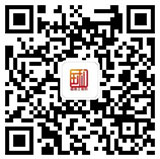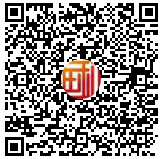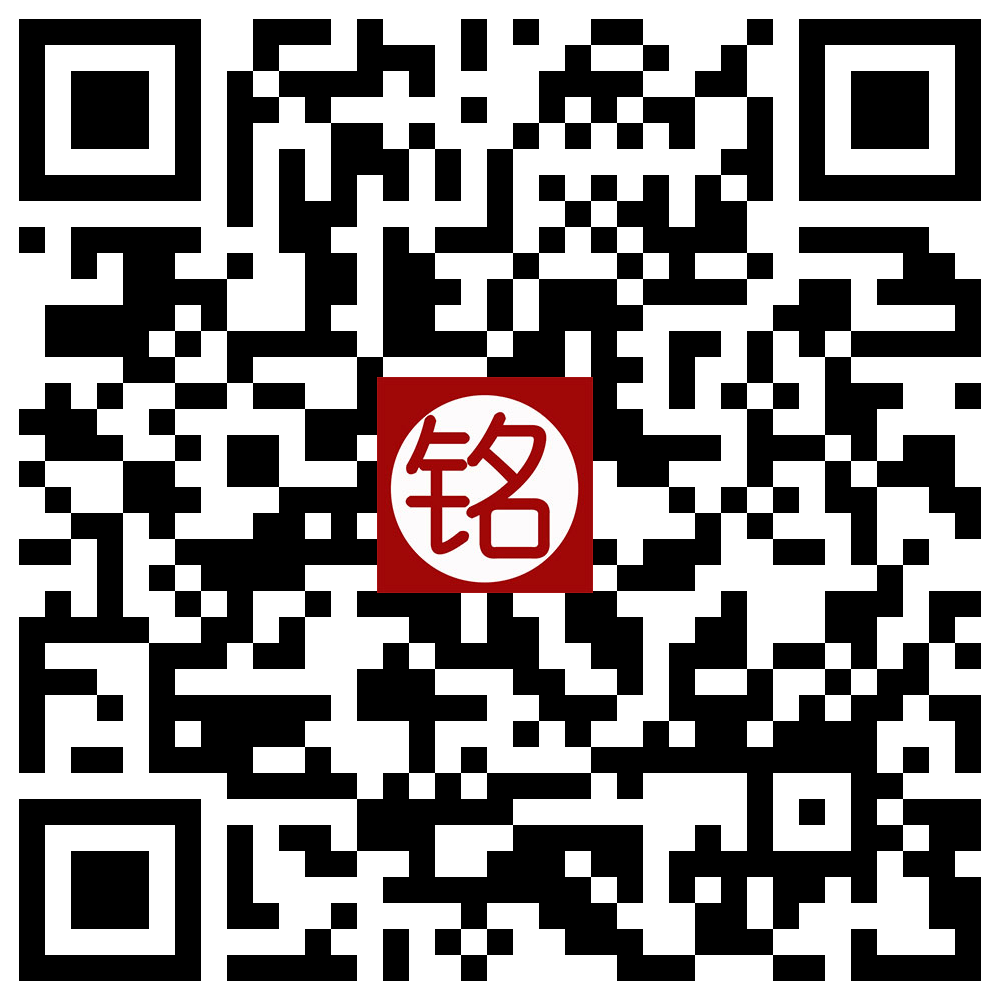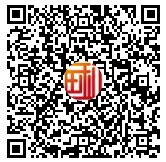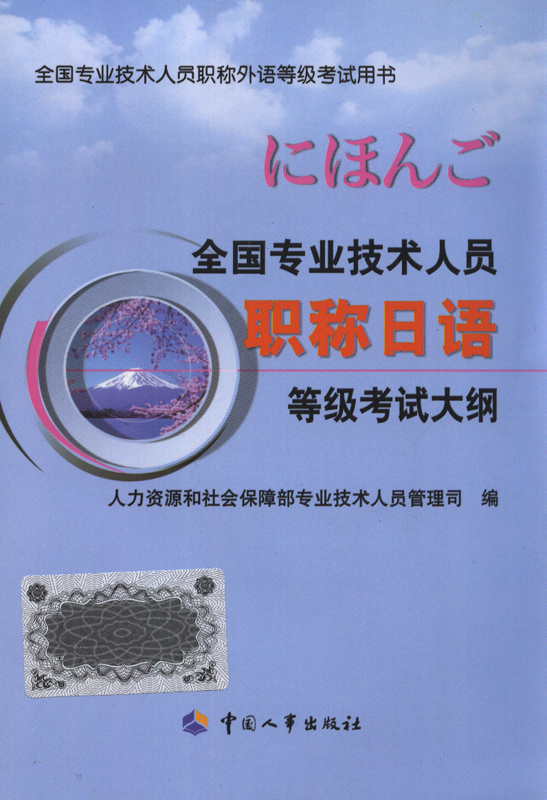第三篇
Small But Wise
On December 14, NASA1 blasted a small but mighty telescope into space. The telescope is called WISE and is about as wide around as a trashcan. Don't let its small size fool you: WISE has a powerful digital camera, and it will be taking pictures of some the wildest objects2 in the known universe, including asteroids, faint stars, blazing galaxies3 and giant clouds of dust where planets and stars are born.
“I'm very excited because we're going to be seeing parts of the universe that we haven't seen before, ” said Ned Wright, a scientist who directs the WISE project.
Since arriving in space, the WISE telescope has been circling the Earth, held by gravity in a polar orbit4( this means it crosses close to the north and south poles with each lap5). Its camera is pointed outward, away from the Earth, and WISE will snap a picture of a different part of the sky every 11 minutes. After six months it will have taken pictures across the entire sky.
The pictures taken by WISE won't be like everyday digital photographs, however. WISE stands for “Wide-field Infrared Survey Explorer. ” As its name suggests, the WISE camera takes pictures of features that give off infrared radiation6.
Radiation is energy that travels as a wave. Visible light, including the familiar spectrum of light7 that becomes visible in a rainbow, is an example of radiation. When an ordinary digital camera takes a picture of a tree, for example, it receives the waves of visible light that are reflected off the tree. When these waves enter the camera through the lens, they're processed by the camera, which then puts the image together.
Waves of infrared radiation are longer than waves of visible light, so ordinary digital cameras don't see them, and neither do the eyes of human beings. Although invisible to the eye, longer infrared radiation can be detected as warmth by the skin.
That's a key idea to why WISE will be able to see things other telescopes can't. Not everything in the universe shows up in visible light. Asteroids, for example, are giant rocks that float through space — but they absorb most of the light that reaches them. They don't reflect light, so they're difficult to see. But they do give off infrared radiation, so an infrared telescope like WISE will be able to produce images of them. During its mission WISE will take pictures of hundreds of thousands of asteroids.
Brown dwarfs8 are another kind of deep-space object that will show up in WISE's pictures. These objects are “failed” stars — which means they are not massive enough to jump start9 the same kind of reactions that power stars such as the sun. Instead, brown dwarfs simply shrink and cool down. They're so dim that they're almost impossible to see with visible light, but in the infrared spectrum they glow.
41. What is so special about WISE?
A It is as small as a trashcan.
B It is small in size but carries a large camera.
C Its digital camera can help astronomers to see the unknown space.
D Never before has a telescope carried a digital camera in space.
答案:C
42. The camera on WISE
A is equipped with expensive computers.
B produces images of objects giving off infrared radiation.
C reflects light visible to the human eyes.
D is similar to an ordinary digital camera.
答案:B
43. It is true that infrared radiation.
A is not detectable to humans.
B looks brighter than visible light.
C is visible light reflected off an object.
D has longer waves than those of visible light.
答案:D
44. Which of the following statements about asteroids is NOT ture?
A The WISE telescope can catch and take pictures of them.
B They do not reflect light that reaches them.
C They float through space giving off visible light.
D They are invisible to ordinary cameras.
答案:C
45. It can be inferred from the last paragraph that brown dwarfs.
A give off infrared radiation.
B are power stars like the sun.
C become massive and active
D are invisible to the WISE telescope.
答案:A
五、补全短文
The Mysteries of Nazca
In the desert of Peru, 300 kilometers from Lima, one of the most unusual artworks in the world has mystified (迷惑) people for decades. ______F____ (46) But from high above, these marks are huge images of birds, fish, seashells, all beautifully carved into the earth.
The Nazca lines are so difficult to see from the ground that they weren’t discovered until the 1930s, when pilots spotted them while flying over the area. In all, there are about 70 different human and animal figures on the plain, along with 900 triangles, circles, and lines.
Researchers have figured out that the lines are at least 1,500 years old, but their purpose is still a mystery. _____D _______(47) However, it would probably be very tricky to xxxxx and a spaceship in the middle of pictures of dogs and monkeys.
In the 1940s, an American explorer named Paul Kosok suggested that the drawings are a chronicle (记录) of the movement of the stars and planets.______C____ (48) xxxxx an astronomer tested his theory with a computer, but he couldn’t find any relation between the lines and movements in space.
Another explanation is that the lines may have been made for religious reasons. xxxxx researcher Tony Morrison investigated the customs of people in the Andes xxxxx and learned that they sometimes pray by the side of the road. It’s possible that xxxxx, the lines of Nazca were created for a similar purpose._______B___ (49) But xxxxx people have never constructed anything this big.
Recently, two other scientists, David Johnson and Steve Mabee, have speculated xxxxx lines could have been related to water. Nazca is one of the driest places in the xxxxx receives only 2cm of rain every year. While Johnson was searching for xxxxx water sources in the area, he noticed that some waterways built ancient xxxxx were connected with the lines. Johnson believes that the Nazca lines are a giant xxxxx underground water in the area.______ E__ (50)
A.. Scholars differ in interpreting the purpose of the designs.
B. The largest picture may have been the sites for special ceremonies.
C. He called Nazca “the largest astronomy book in the world”
D. A Swiss writer named Erich von Daniken wrote that the Nazca lines were designed as a landing place for UFOs.
E. Other scientists are now searching for evidence to prove this.
F. Seen from the ground, it looks like lines scratched into the earth.
六、完型填空
Solar Power without Solar Cells
A dramatic and surprising magnetic effect of light discovered by University of Michigan1researchers could lead to solar power without traditional semiconductor-based solar cells.
The researchers found a way to make an “optical 51 ,” said Stephen Rand, a professor in the departments of Electrical Engineering and Computer Science, Physics and Applied Physics.
Light has electric and magnetic 52 . Until now, scientists thought the effect of the magnetic field were so weak that they could be 53 . What Rand and his colleagues found is that at the right intensity, when light is traveling through a material that does not 54 electricity, the light field can generate magnetic effects that are 100 million times stronger than previously expected. Under these circumstances, the magnetic effects develop strength 55 to a strong electric effect.
“This could lead to a new kind of solar cell without semiconductors and without absorption to produce charge separation, ” Rand said. “In solar cells, the 56 goes into a material, gets absorbed and creates heat. Here, we expect to have a very low heat load2. Instead of the light being absorbed, energy is stored in the magnetic moment3. Intense magnetization can be induced by intense light and then it is ultimately capable of providing a capacitive power 57 What makes this possible is a previously undetected brand of “optical rectification,” says William Fisher, a doctoral student in applied physics. In traditional optical rectification, light's electric field causes a charge separation, or a pulling 58 of the positive and negative charges in a material. This sets up a voltage, similar to 59 in a battery.
Rand and Fisher found that under the right circumstances and in right types of materials, the light's magnetic field can also create optical rectification. The light must be shone through a 60 that does not conduct electricity, such as glass. And it must be focused to an intensity of 10 million watts per square centimeter8. Sunlight isn't this 61 on its own, but new materials are being sought that would work at lower intensities, Fisher said.
“In our most recent paper, we show that incoherent light9 like sunlight is theoretically almost 62 effective in producing charge separation as laser light is,” Fisher said.
This new 63 could make solar power cheaper, the researchers say. They predict that with improved materials they could achieve 10 percent efficiency in converting solar power to useable energy. That's equivalent to today's commercial-grade solar cells.
“To manufacture modem solar cells, you have to do 64 semiconductor processing,” Fisher said. “All we would need are lenses to focus the light and a fiber to guide it. Glass works for 65 .It's already made in bulk, and it doesn't require as much processing. Transparent ceramics might be even better. ”
51. A. disc B. fiber C. instrument D. battery
答案:D
52. A. applications B. components C. resources D. differences
答案:B
53. A. concerned B. ignored C. expected D. noticed
答案:B
54. A. conduct B. produce C. use D. consume
答案:A
55. A. reactive B. preferable C. due D. equivalent
答案:D
56. A. light B. electricity C. chemical D. gas
答案:A
57. A. plant B. source C. equipment D. line
答案:B
58. A. up B. down C. apart D. together
答案:C
59. A. this B. those C. that D. these
答案:C
60. A. material B. device C. detector D. meter
答案:A
61. A. bright B. faint C. visible D. intense
答案:D
62. A. more B. as C. much D. such
答案:B
63. A. skill B. technology C. miracle D. prototype
答案:B
64. A. extensive B. interactive C. selective D. intensive
答案:A
65. A. all B. some C. others D. both
答案:D









